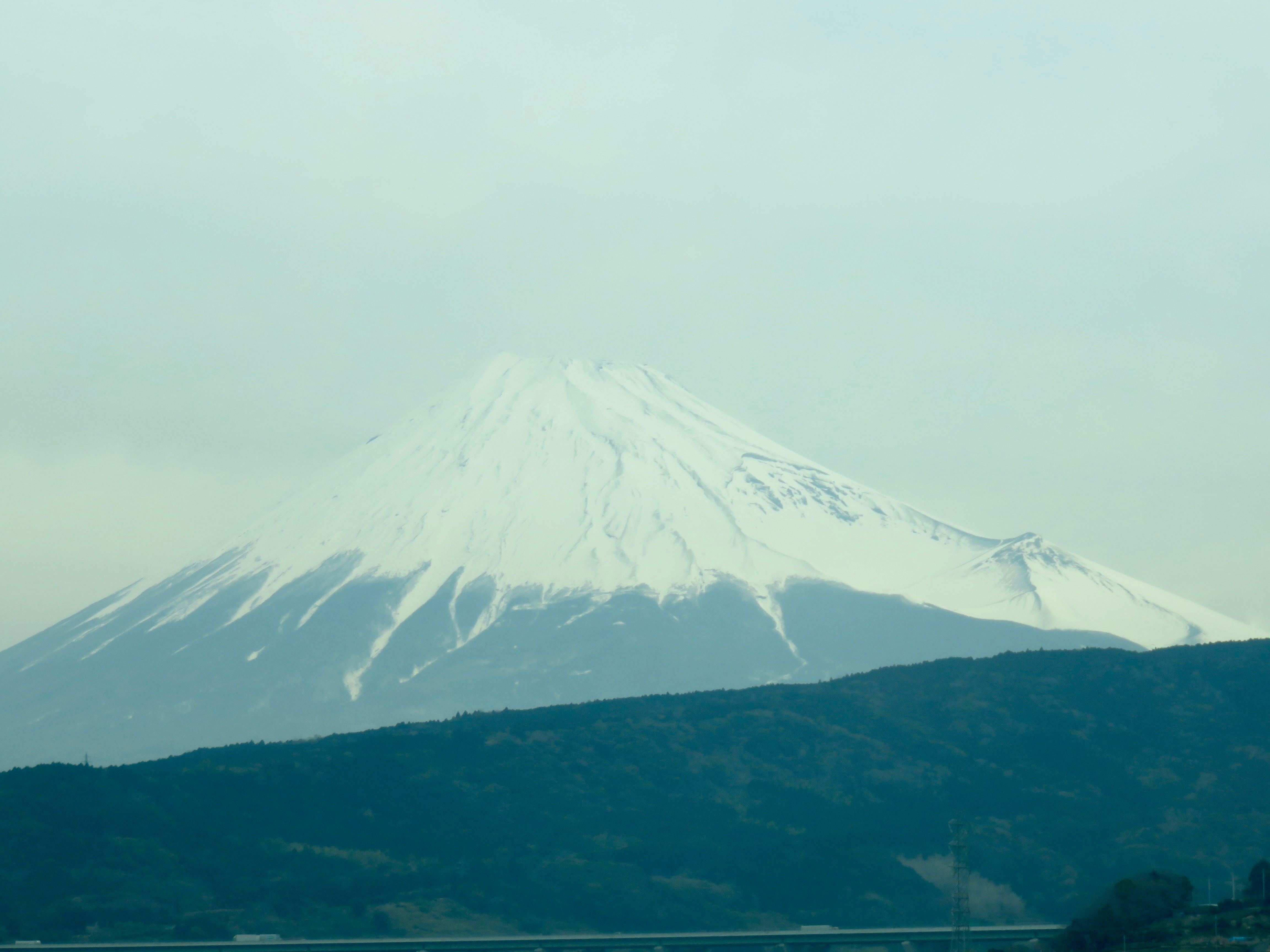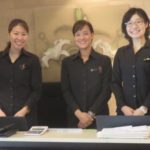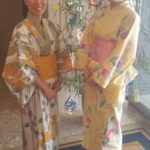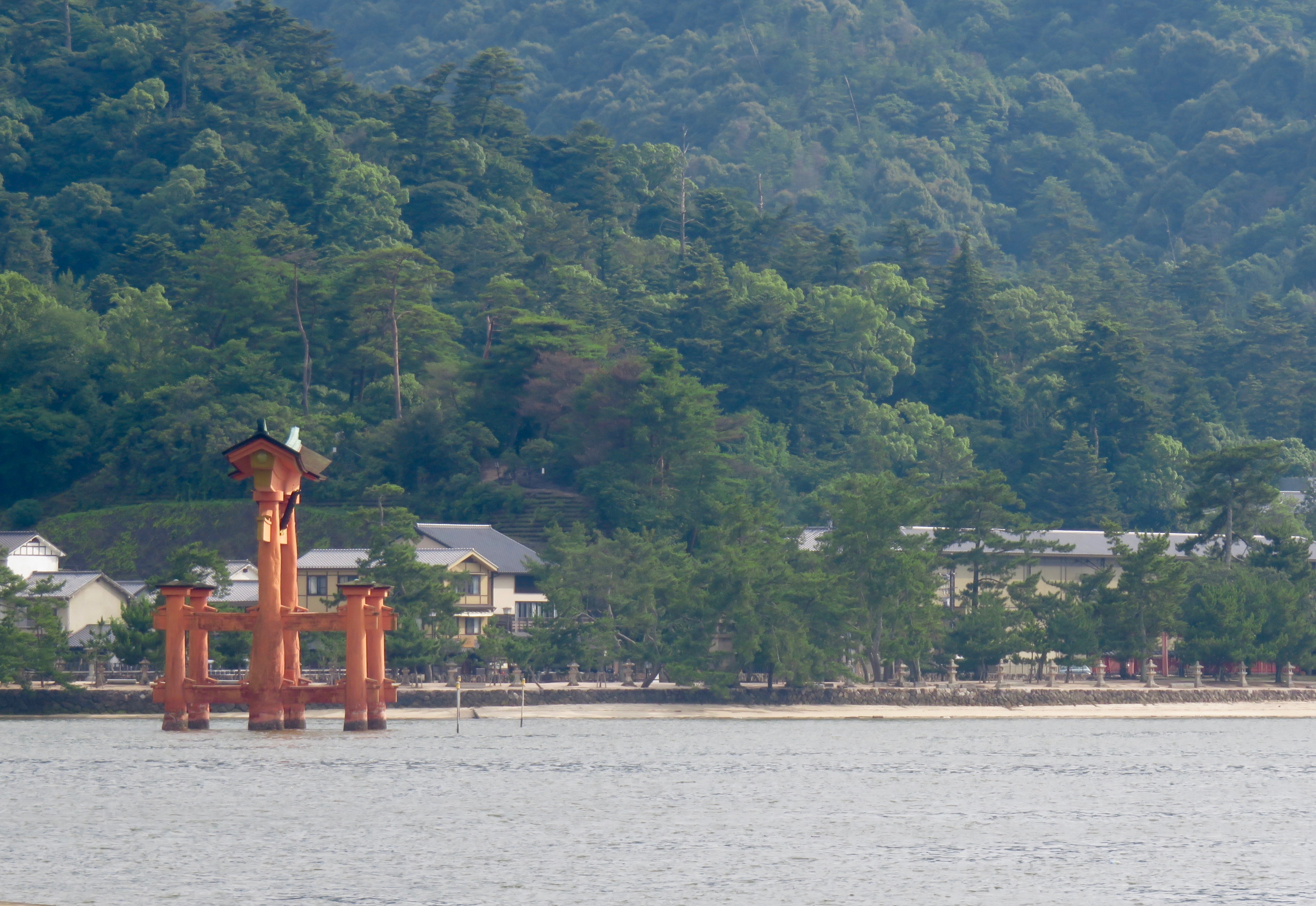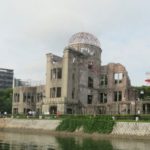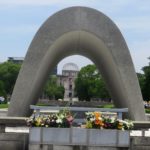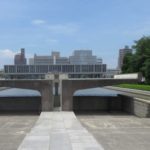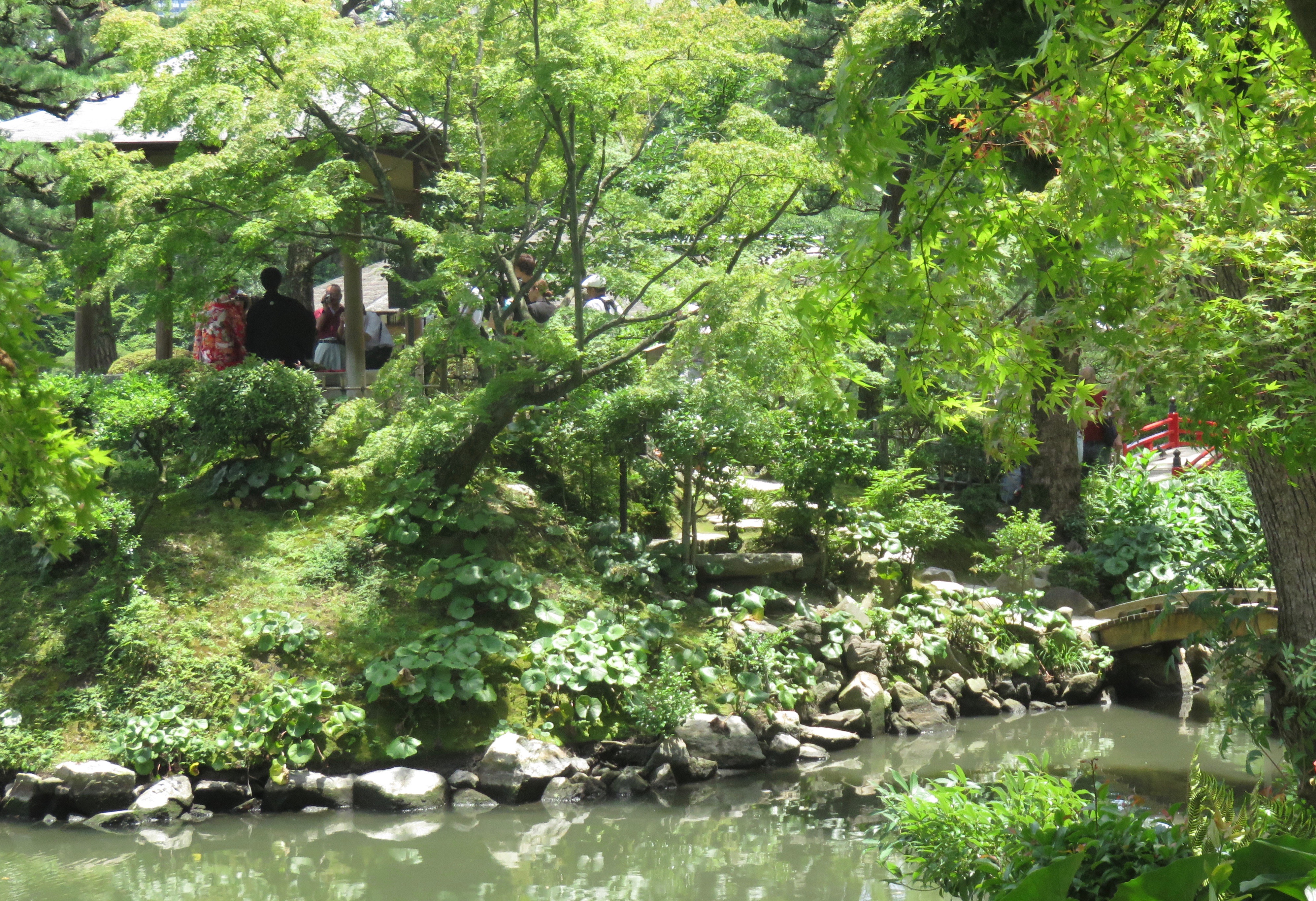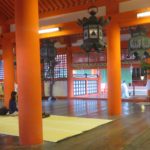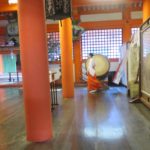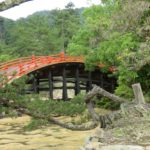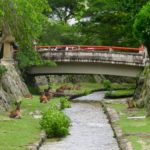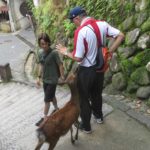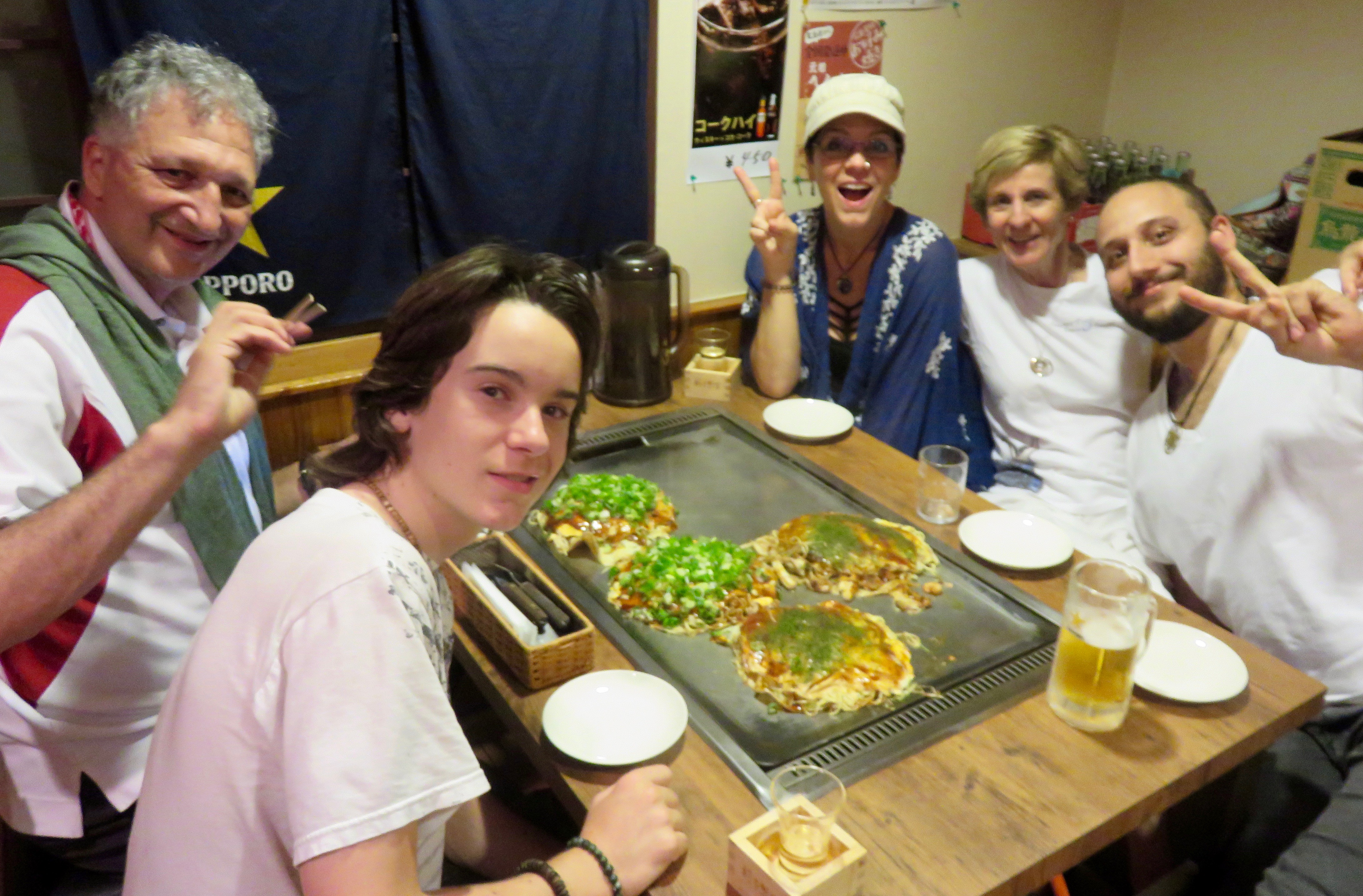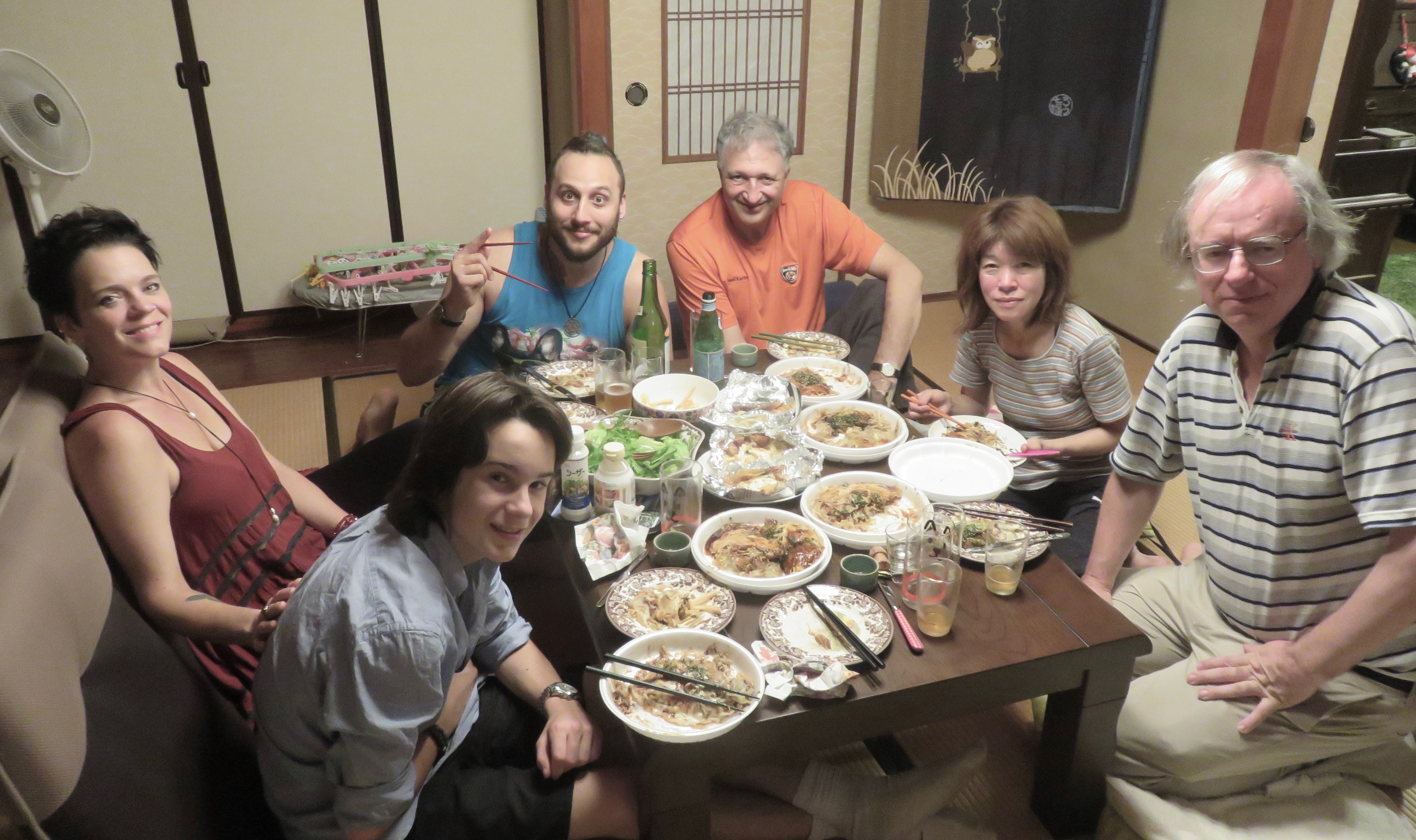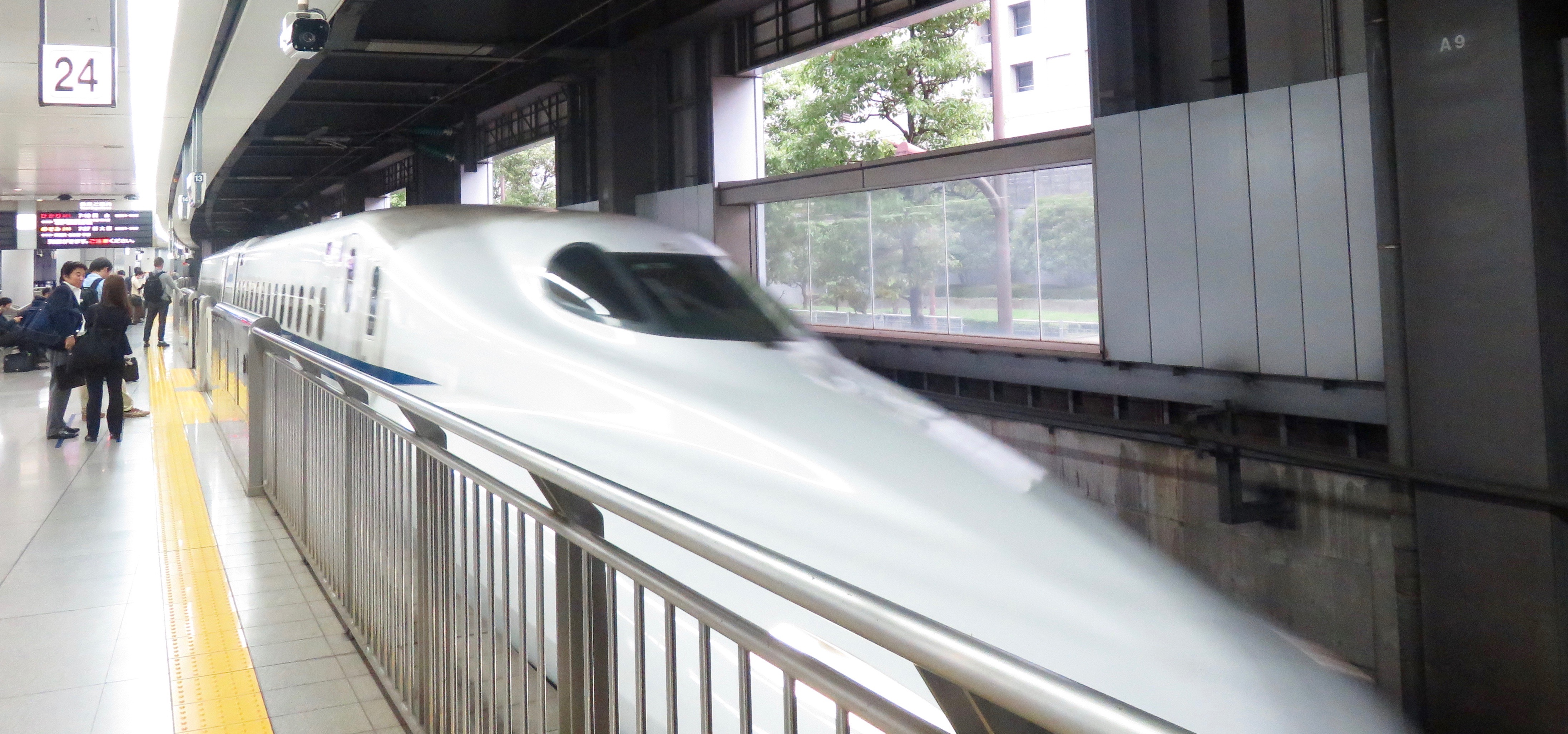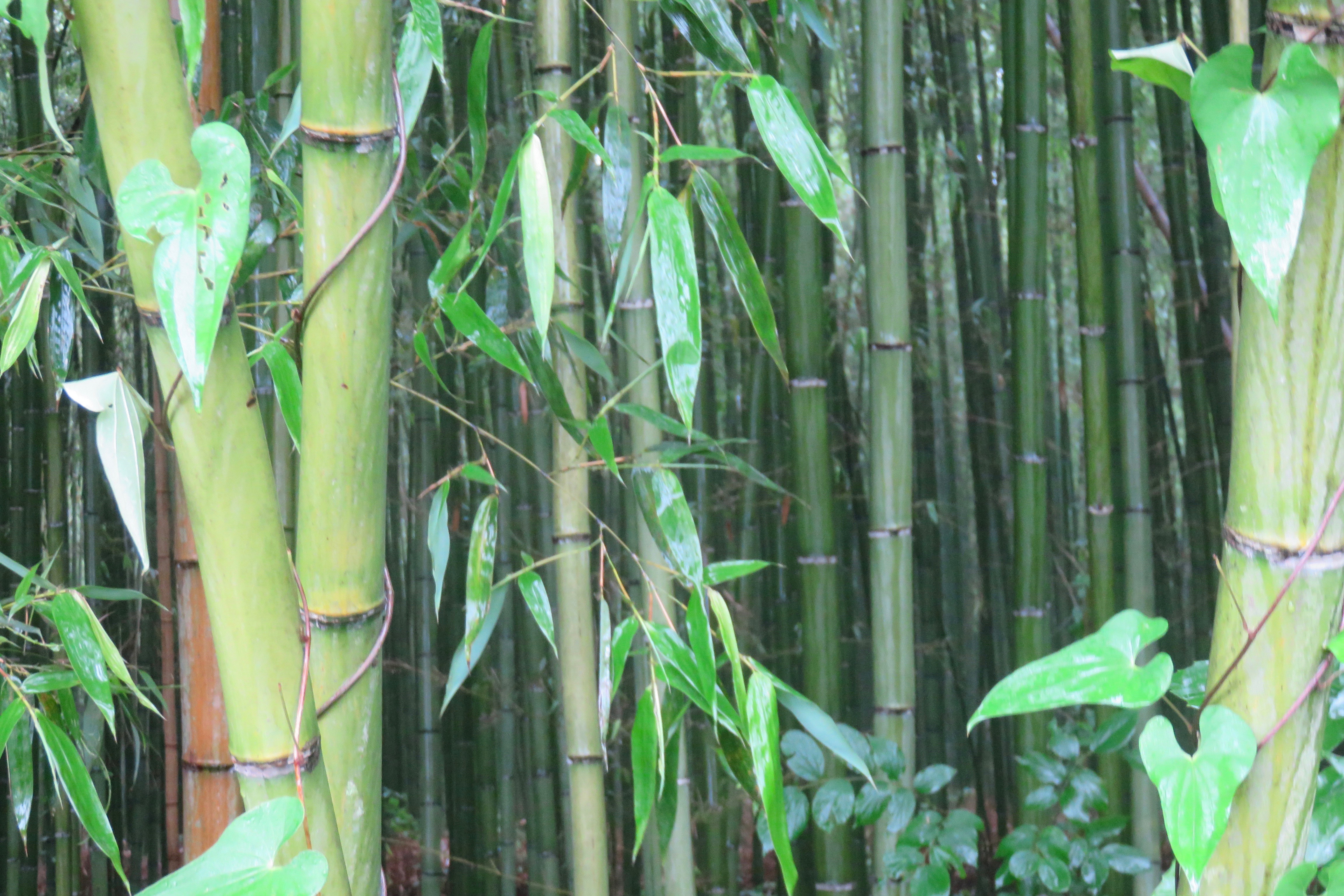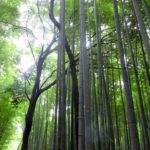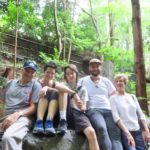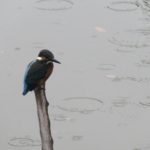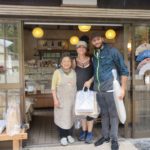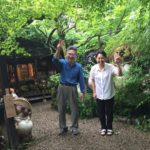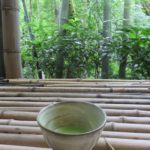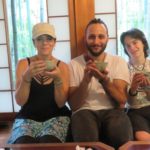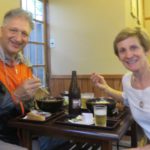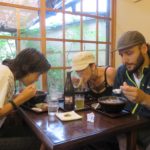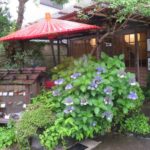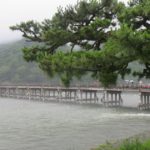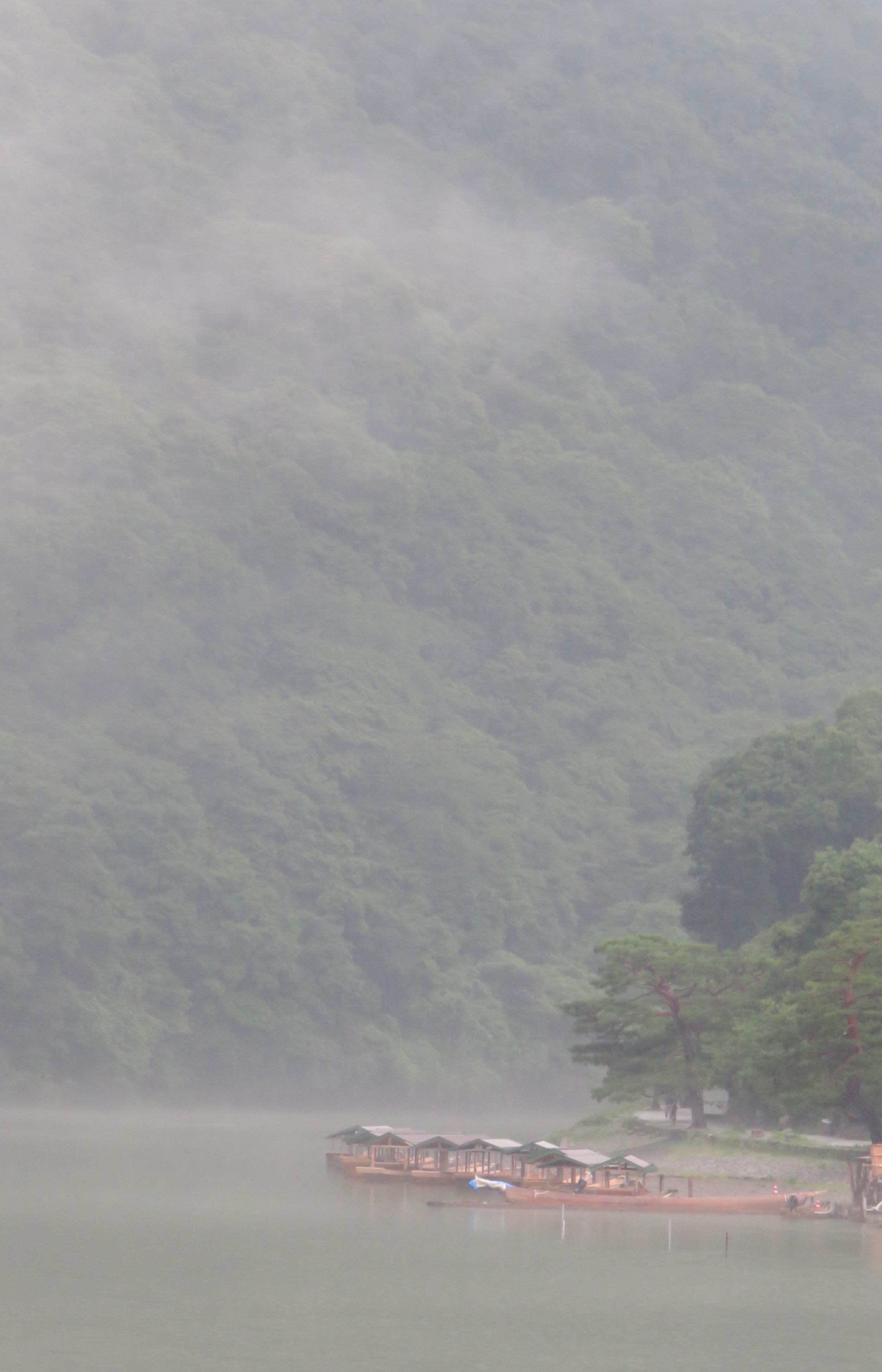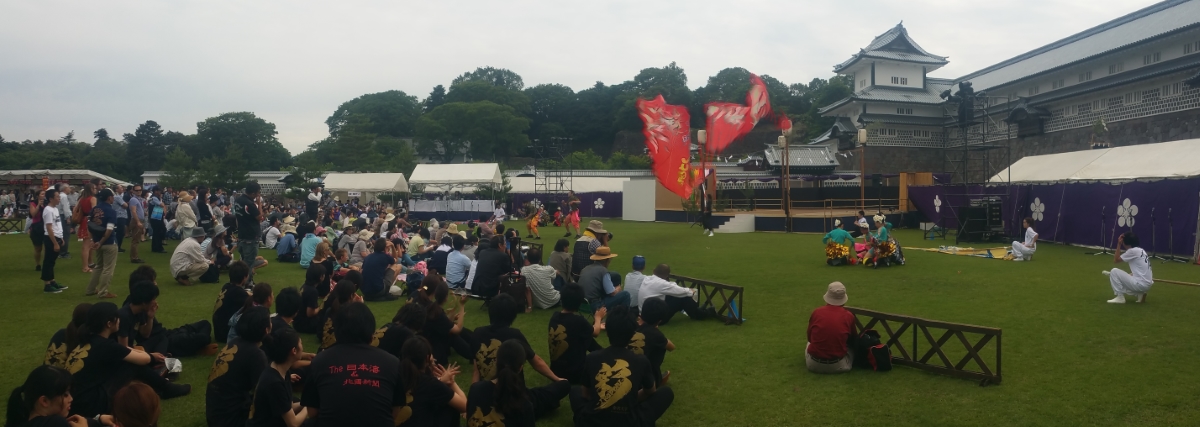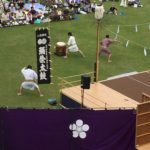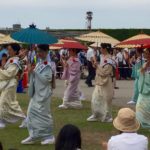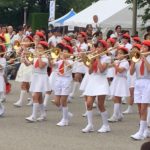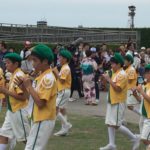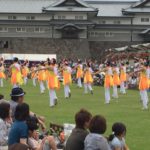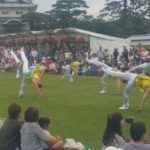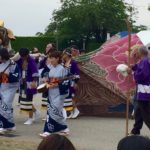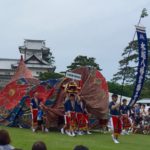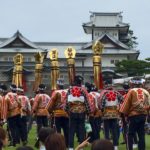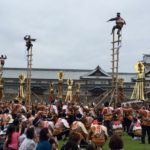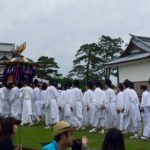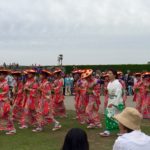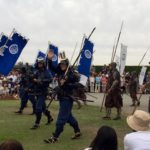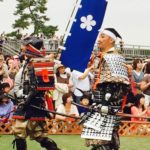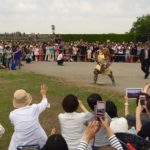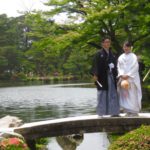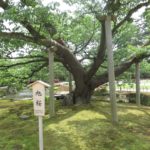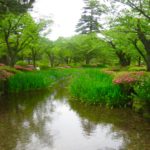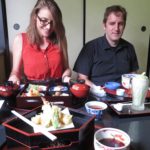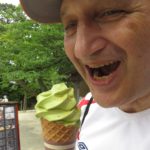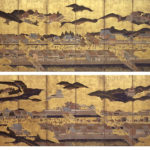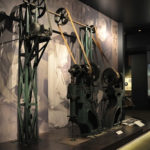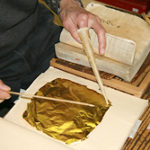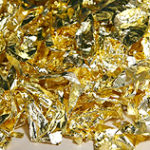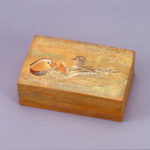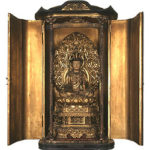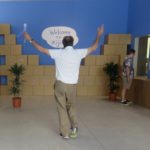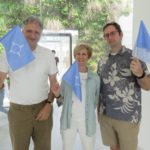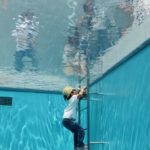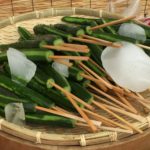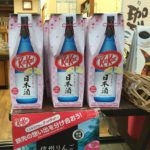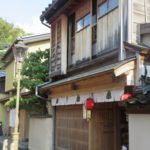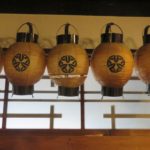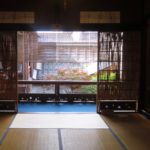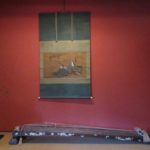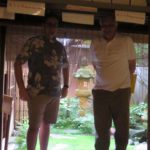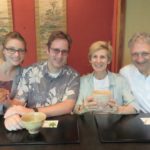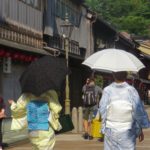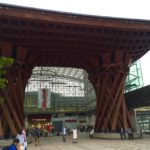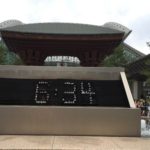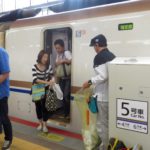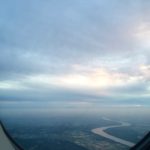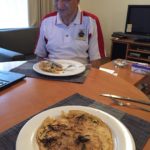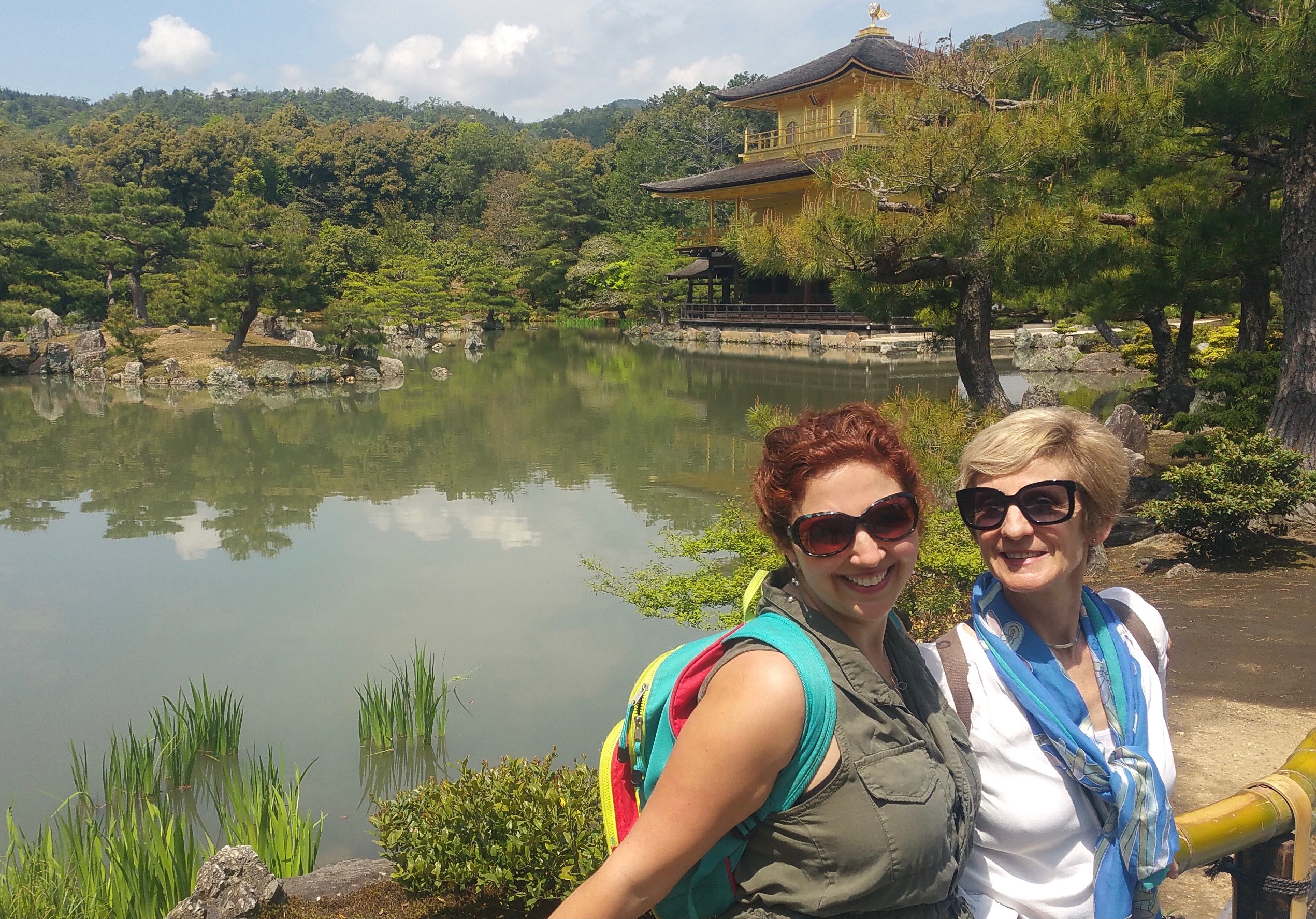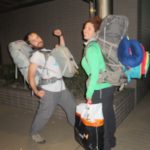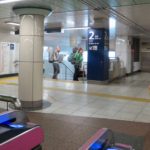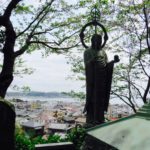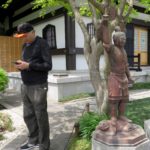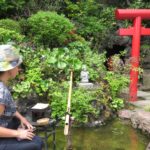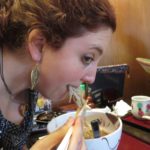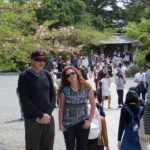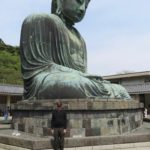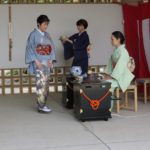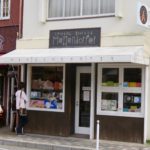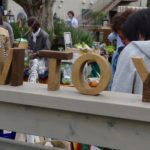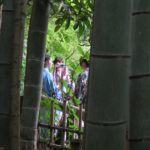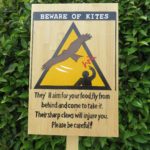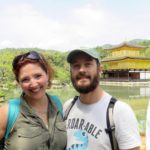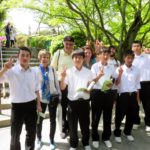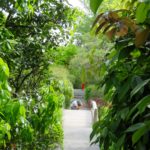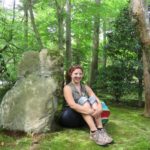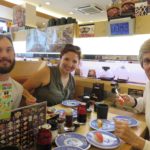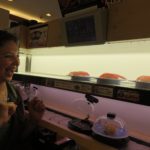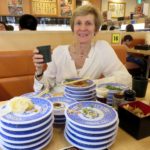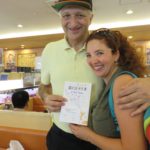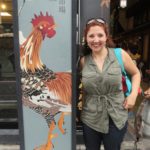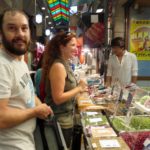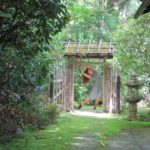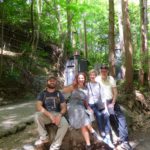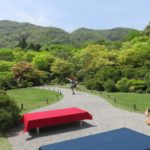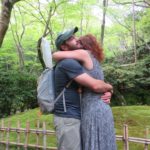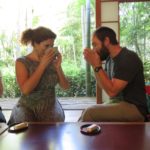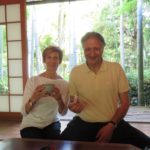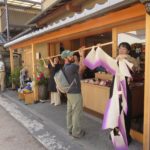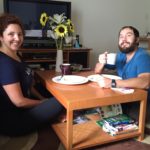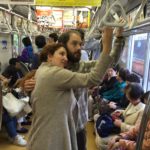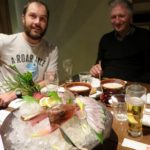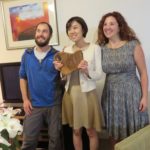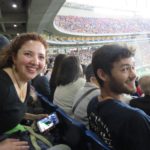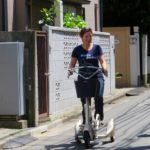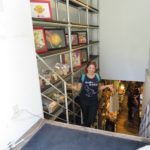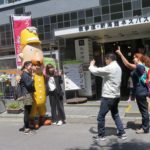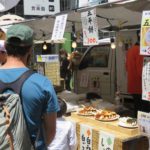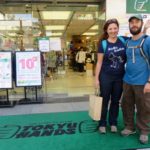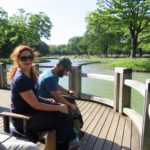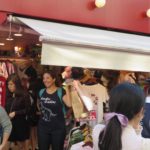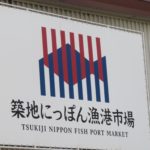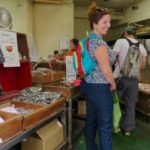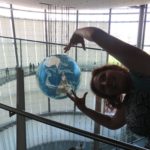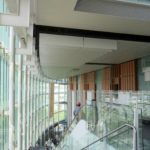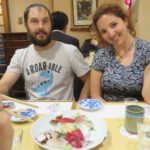Just a few more hours. Four months seemed like an eternity when we began and feels like a flickering of an eyelash now. It has not dimmed our enthusiasm. We will be happy to be home among our family, our friends and our colleagues, but we will also truly miss much of what we will leave behind.
We are therefore on the lookout for a better Japanese word than シャーデンフロイデ (sha-den-fu-ro-i-de – thanks, Google Translate) to describe our feelings.
Some measured reflections are certainly in order but our overwhelming feeling about our time in Japan has been joy. Joy at the beauty and diversity of our surroundings, wherever we have been, whether in our remarkable Aoyama neighborhood with its constant new discoveries or the many places we have visited in Tokyo and beyond; joy at how safe we have felt, whether in crowded trains, the amazing 渋谷スクランブル (Shibuya Scramble, or su-ku-ran-be-ru) or narrow streets at night; joy at the dozens of tiny pleasures, such as the daily performance of the crossing guard at the Cerulean Tower Hotel or the cheerful greetings we receive in every shop, restaurant and train station we frequent; and joy at the reaction of our visitors to this remarkable country.
We came to Japan for several reasons, but one of the most important has been to improve our Japanese language skills. We have surely accomplished this but we have come to appreciate what a gigantic task this is and how much we still have to learn to acquire an acceptable level of competence. We intend to keep going.
School finished for Michael two weeks ago – true to form, for the last two days (since the outing to the beer museum), the teachers have kept plugging away with a pretty intense preview of next semester’s grammar, but on the last day, even they are throwing a party in which we will learn . . . Japanese dancing – the coal miners’ dance from Kyushu, known all over Japan. And then, a sort of speed dating session with another class at which we had to introduce ourselves, over and over again, to people we didn’t know.
We have spoken more than once about feeling safe. We won’t pretend that Japan is a society without crime, violent or petty, but walking around just about anywhere, we have never once felt that sense of threat or insecurity that characterizes living in Los Angeles, even in the comparatively safe neighborhood where we live. And the contrast has been reinforced by the events in Orlando and Dallas, where the U.S. epidemic of gun violence has been met with continuing widespread denial and the abject failure of our government to respond adequately – we refuse even to let the Center for Disease Control study the problem. Japan, on the other hand, is a country where gun deaths and violence have essentially been eliminated – as discussed in an a 2012 article in the Atlantic magazine.
How much still awaits us on future visits – a sumo wrestling tournament, a Kabuki performance, visits to places far and near, such as Hokkaido to the north, Kyushu to the far west, Osaka, Nara, Nagoya, Sendai, Chiba, the Isu Peninsula to name a few. And how much we have done – so many museums, temples, parks and gardens, train rides long (to Hiroshima, Kyoto, Kanazawa, Kamakura and Yokohama) and short (we truly are masters of Tokyo transit), baseball and soccer games, shopping and eating out and long walks everywhere. Fiona has visited over 30 museums, several more than once, and Michael has been to a great many of them; the list of other things we have done is also lengthy. It’s been a full and fulfilling four months, as I hope this blog has conveyed.
We must say a few words about the Oakwood Apartments, our home for the past four months. The apartment itself was well-equipped, quiet and spacious (a real luxury in space-starved Japan) and the spare room ideal for guests – both comfortable and small enough not to encourage people to stay for too long! We were very well-looked after by the housekeeping staff, who cleaned the apartment twice a week (whether it needed it or not) and also fixed whatever minor items needed attention, with a lightning response time. But above all, we were lucky to be helped by the front desk, staffed from 7 am to 10 pm and often beyond by five charming and efficient ladies – Aya (亜矢), Ayaka (綾香), Izumi (依泉), Keiko (恵子) and Miki (実希).
A few more blog posts to come – we must catch up on our day in Yokohama, visits to the Tokyo Skytree and also to the Tomoe Soroban Company (the abacus company), and our farewell party. We know we will be consumed by Los Angeles and our “regular” lives as soon as we come home, so this is a marker to remind us. We’ll also add some more photos.
